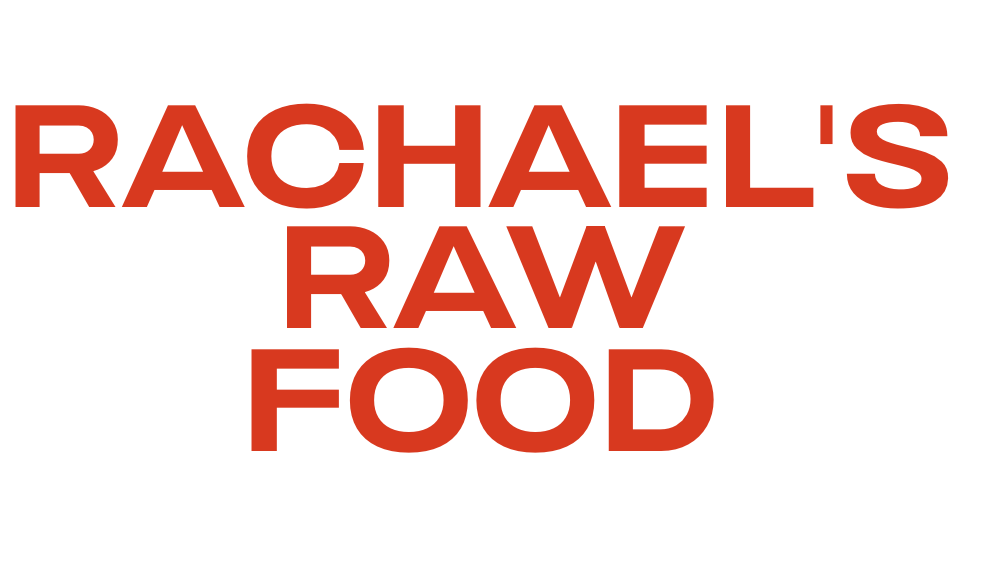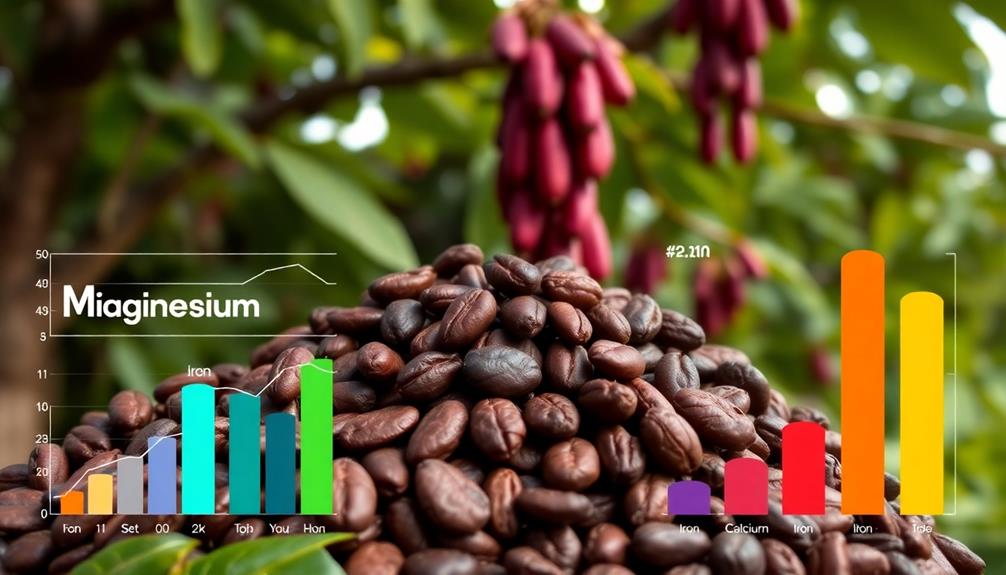In 2023, the coffee industry is experiencing a rise in trends that are changing how people enjoy their favorite drink. With a focus on cold beverages, health-focused ingredients, and social responsibility, coffee lovers are welcoming a fresh wave of options and preferences.
According to recent data, the demand for ready-to-drink (RTD) coffees, such as cold brews, mochas, iced lattes, and nitro cold brews, has skyrocketed, making them easily accessible in grocery stores. Moreover, consumers are increasingly seeking healthier options and are incorporating collagen creamers and alternative milks into their coffee, while also exploring health-boosted alternatives like mushroom coffee, turmeric, and matcha lattes.
Another exciting development is the rise of flash brew or snap chilled coffee, providing a delightful twist to traditional cold brew. Additionally, high-quality instant coffee is gaining popularity, offering the perfect blend of convenience and taste.
Furthermore, the growing focus on social responsibility is driving the popularity of sustainable coffee brands, with organic and Fair Trade certifications being highly valued. Companies are also fostering direct relationships with growers to promote socioeconomic and environmental benefits.
As the coffee market expands, particularly among the millennial demographic, it is essential to stay updated and explore these exciting trends before the year concludes.
Key Takeaways
- Surge in demand for cold drinks in the coffee industry in 2023, including a rise in ready-to-drink (RTD) coffees easily accessible in grocery stores.
- Consumers seeking healthier options by incorporating collagen creamers and alternative milks, such as oat milk and almond milk.
- Growing focus on social responsibility, with coffee companies prioritizing sustainability and ethics by fostering direct relationships with growers and obtaining organic and Fair Trade certifications.
- Introduction of high-quality instant coffee and evolution of the Dalgona coffee trend, with intricate recipes and seasonal variations becoming popular in 2023.
What’s New in 2023?
In 2023, the coffee industry has seen an emergence of new trends such as the introduction of high-quality instant coffee and the evolution of the Dalgona coffee trend with complex recipes and seasonal variations.
These trends reflect the industry’s continuous pursuit of innovation in brewing methods and the exploration of emerging coffee flavors.
One notable trend is the availability of high-quality instant coffee, which eliminates the trade-off between convenience and taste. This development caters to the needs of consumers who seek a quick and convenient coffee experience without compromising on quality.
Additionally, the Dalgona coffee trend has evolved, with coffee enthusiasts experimenting with intricate recipes and seasonal variations. This not only provides a unique and customizable coffee experience but also showcases the creativity and adaptability of the industry.
These innovative brewing methods and emerging coffee flavors contribute to the ever-evolving landscape of the coffee industry in 2023.
Popular Coffee Options
One of the popular options in the coffee industry revolves around incorporating alternative milks and collagen creamers into the beverage. This trend caters to consumers who are seeking healthier alternatives to traditional dairy milk.
When it comes to alternative milks, two popular options are oat milk and almond milk. Oat milk has gained popularity due to its creamy texture and ability to froth well, making it a great choice for lattes and cappuccinos. On the other hand, almond milk is known for its subtle nutty flavor and lower calorie content.
In addition to alternative milks, collagen creamers have also become increasingly popular in coffee drinks. Collagen is believed to have various health benefits, including improving skin elasticity and joint health. By adding collagen creamers to their coffee, consumers can enjoy the benefits of collagen while still indulging in their favorite beverage.
Overall, incorporating alternative milks and collagen creamers into coffee provides a healthier twist to traditional coffee drinks, allowing consumers to enjoy their favorite beverage guilt-free.
Sustainability and Ethics
Sustainable and ethical practices have become a paramount concern in the coffee industry, with an increasing number of consumers demanding transparency and accountability throughout the supply chain. To meet these demands, companies are developing direct relationships with growers, ensuring fair wages and working conditions, as well as promoting environmental sustainability.
Organic certifications have also gained importance, with consumers seeking reassurance that their coffee is produced without the use of harmful pesticides and chemicals. These certifications provide a level of trust and credibility, guaranteeing that the coffee meets specific standards of organic farming.
By prioritizing sustainable and ethical practices, coffee brands not only align themselves with consumer values but also contribute to the socioeconomic and environmental well-being of coffee-growing communities.
As the industry continues to evolve, it is crucial for coffee companies to prioritize sustainability and ethics to meet the growing demand for responsible coffee production.
Frequently Asked Questions
What are some unique and innovative ways in which coffee is being prepared in 2023?
Innovative brewing techniques have emerged in the coffee industry, offering unique and exciting ways to prepare this beloved beverage.
One notable trend is the incorporation of coffee into cocktails, creating coffee-infused cocktails that blend the rich flavors of coffee with various spirits and mixers. This combination provides a delightful twist for coffee enthusiasts looking for a different experience.
These innovative approaches showcase the versatility of coffee and cater to consumers’ evolving preferences for creative and enjoyable coffee consumption.
Are there any new and exciting flavors or ingredients being added to coffee drinks this year?
New flavor combinations and alternative milk options have emerged as exciting additions to coffee drinks this year.
Coffee enthusiasts are experimenting with unique combinations such as lavender-infused lattes, caramel macchiatos with a hint of sea salt, and spiced pumpkin mochas. These innovative flavors add depth and complexity to traditional coffee beverages.
Additionally, alternative milk options such as oat milk, almond milk, and coconut milk have gained popularity, catering to consumers with dietary restrictions or those seeking a different taste experience.
These additions contribute to the ever-evolving world of coffee and provide consumers with a diverse range of choices.
How are companies promoting social responsibility in the coffee industry?
Promotion strategies and corporate partnerships play a vital role in promoting social responsibility within the coffee industry. Companies are implementing various initiatives to demonstrate their commitment to sustainable practices and ethical sourcing.
This includes supporting organic and Fair Trade certifications, developing direct relationships with growers to ensure socioeconomic and environmental benefits, and sharing the backstory of their coffee brands.
These efforts not only contribute to a more socially responsible industry but also resonate with consumers who are increasingly seeking transparency and responsible consumption choices.
Are there any emerging coffee trends specific to certain regions or cultures?
Regional coffee trends and cultural preferences play a significant role in shaping the coffee industry. Various regions and cultures have their unique coffee traditions and preferences.
For example, in Italy, espresso-based drinks like cappuccinos and macchiatos are popular.
In Japan, there is a growing trend of specialty coffee and pour-over brewing methods.
Scandinavian countries have embraced light roast and single-origin coffees.
Latin American countries, such as Colombia and Brazil, are known for their rich and flavorful coffee beans.
These regional and cultural preferences contribute to the diverse and dynamic landscape of the coffee industry worldwide.
What are some lesser-known health benefits of drinking coffee with healthy additives?
Coffee with healthy additives can be likened to a hidden treasure chest, offering a plethora of lesser-known health benefits. By incorporating additives such as collagen creamers and alternative milks, coffee becomes a source of protein and essential nutrients.
Mushroom coffee, turmeric, and matcha lattes introduce antioxidants and anti-inflammatory properties, promoting overall well-being. These additives can also enhance cognitive function, boost metabolism, and provide a natural energy boost.
By exploring the world of healthy coffee additives, individuals can unlock a range of health advantages that extend beyond a simple caffeine fix.
How Will 2023 Coffee Trends Address the Needs of Those with Sensitive Stomachs?
In 2023, the coffee industry is set to focus on providing more options for those with sensitive stomachs. Low acid coffee brands for sensitive stomachs will be on the rise, offering a smooth and flavorful experience without the discomfort. From cold brews to specialty roasts, there will be something for everyone.
Conclusion
In conclusion, the coffee industry in 2023 is witnessing a remarkable transformation driven by the demands of consumers. The trends of cold drinks, healthy additives, and social responsibility have taken center stage in the market.
From ready-to-drink options like cold brews and iced lattes to the incorporation of collagen creamers and alternative milks, consumers are seeking both taste and health benefits. Moreover, the rise of flash brew and high-quality instant coffee offers convenience without compromising on flavor.
With a growing emphasis on sustainability and ethics, organic and Fair Trade certifications are gaining popularity, as companies forge direct relationships with growers.
The coffee market is evolving to cater to the preferences of millennials, who form a significant portion of coffee consumers. The inclusion of international options like Turkish and Vietnamese coffees with their bold flavors adds a touch of excitement to the industry.
As 2023 comes to a close, it is essential to experience these coffee trends and embrace the remarkable changes that are reshaping the world of coffee.

















